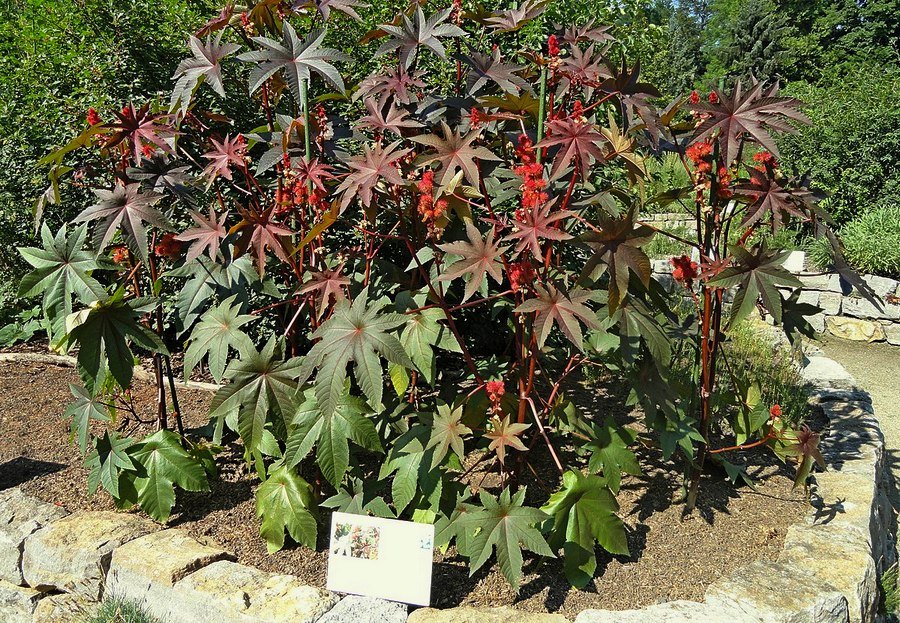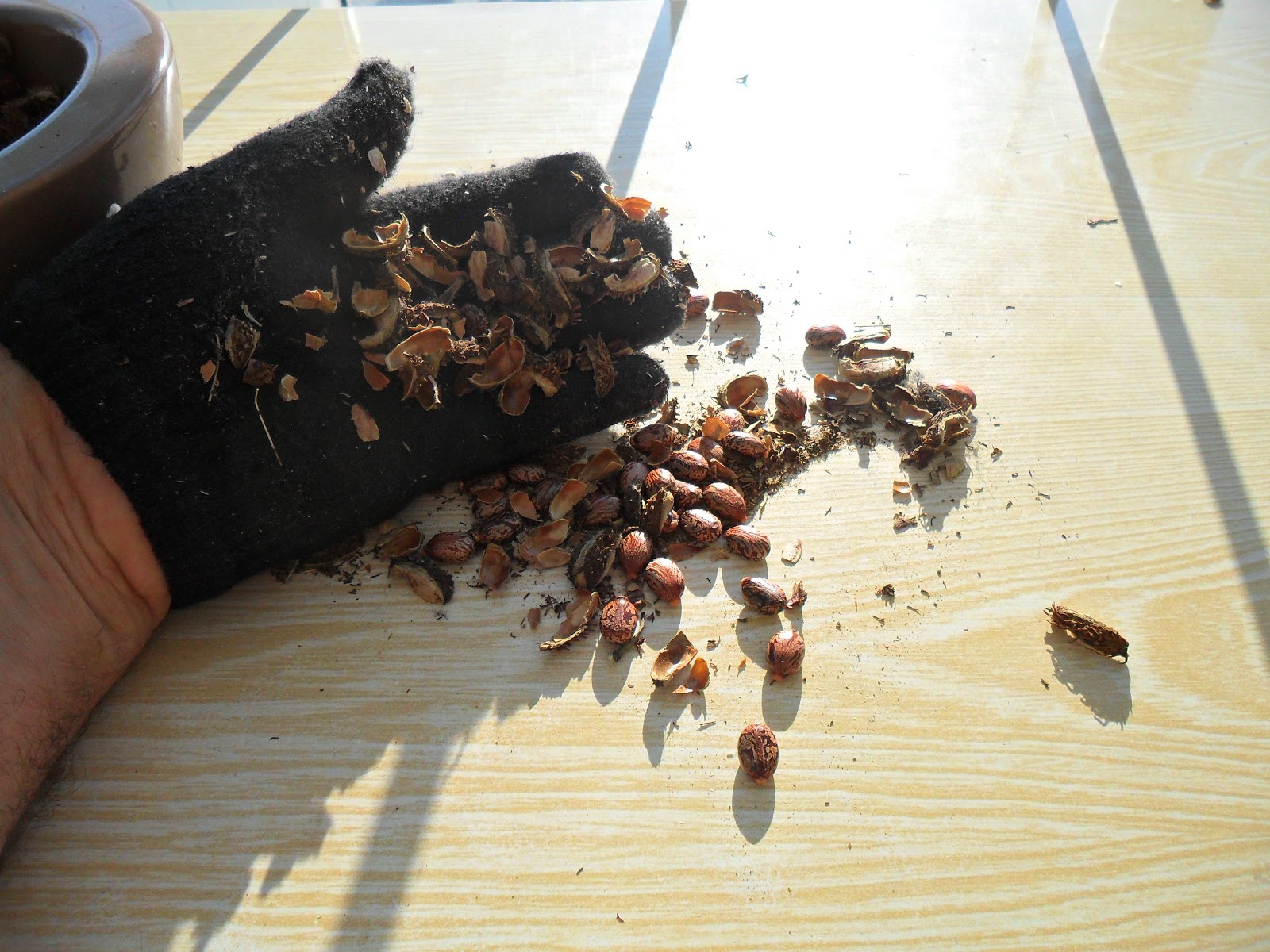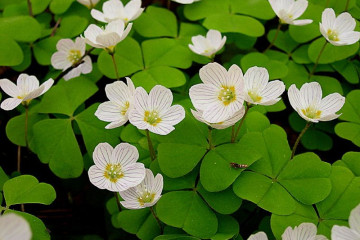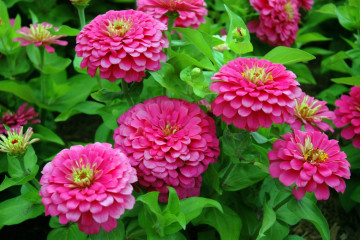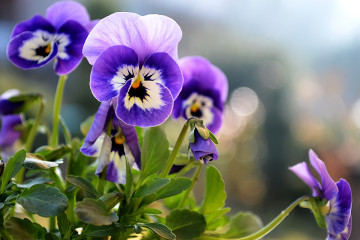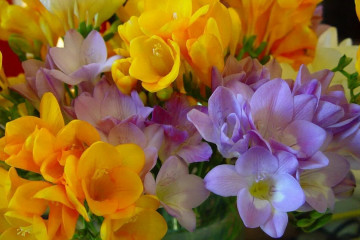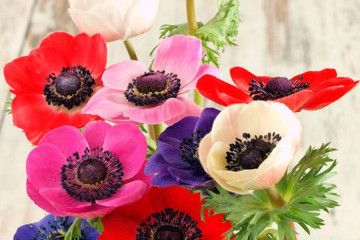Castor oil plant (Ricinus communis)
Content:
Common castor oil plant is a poisonous plant, which, despite this, is used by humans for various purposes. It is rich in castor oil used in cosmetology and medicine. According to the State Pharmacopoeia (GF), castor oil, or rather its oil, is an excellent laxative used to treat burns and wounds. In addition, some gardeners grow the plant for landscaping purposes. But while doing this, it is important to remember about the castor oil poison. Therefore, you should be aware of the rules for caring for this unusual plant.
What is castor oil plant - botanical description and features Ricinus communis
Castor oil or ricin is a tree belonging to the Euphorbia family. Some of its varieties are used by gardeners for growing in their summer cottage. In the wild, castor oil plant lives in Africa, Argentina, Brazil, China and India. It is a perennial, can live for about 10 years and reaches a height of 10 meters.
At home, the castor bean plant can be planted as an annual. In the garden, the tree reaches 2 meters.
- The trunk is branched, has a light green, red or purple tint.
- The leaves are five-toed, reaching a width of 80 cm.
- Domestic varieties are characterized by weak frost resistance and die during the first autumn frosts.
The inflorescences of ricin are divided into two parts - in the lower part there are yellow staminate flowers, in the upper part they are round pistillate. The fruits are rounded boxes with large thorns, but the red castor bean does not have them.
Each capsule has three seed lobes. Castor bloom begins in early summer, and fruiting in early autumn.
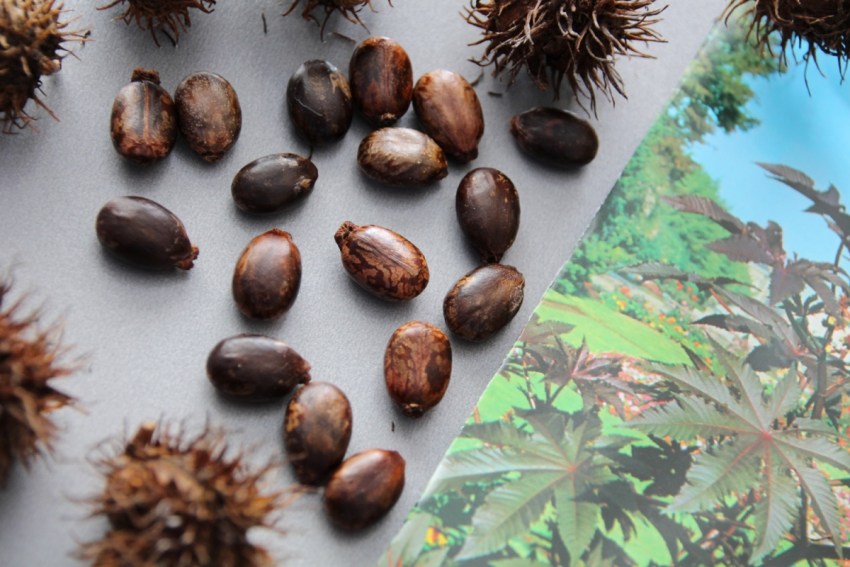
Ricinus from Latin translates as "tick" - the name is received for the similarity of seeds with this pest
Castor bean flower - danger and harm
It is important to remember that both perennial and annual species are very dangerous. This is due to the fact that the seed coat contains a lot of ricin, which, when ingested, causes severe intoxication. This is very often fatal.
Poisoning can be obtained from accidental consumption of seeds, inhalation of pollen or dust that occurs during the preparation of cake.
First aid for poisoning
If, nevertheless, poisoning occurs, first aid should be provided immediately. To do this, you should flush the stomach to reduce the level of toxins in the body. Induce vomiting. In addition, in case of poisoning, the following drugs will help:
- Activated carbon;
- Polysorb;
- Smecta;
- Enterosgel.
After providing first aid, in any case, the victim should see a doctor as soon as possible.
Castor oil plant - growing and care
To start growing ricin at home, you need to know the basic requirements for caring for the plant.
Seed collection basics
In the garden or in the summer cottage, seeds should be obtained from the strongest and healthiest bushes. The procedure should be carried out in early September.
To do this, cut off the fruits and leave them to dry in a well-ventilated room. The seed pods will be ready closer to December. To understand this, you need to press your finger on the fruit - it should crumble, and there will be three seeds inside it. They can be prepared for planting next year or left for later. The germination rate of seeds is at a high level for the next four years.
Breeding features
Why collecting seeds is a very important procedure, many do not know. This is because the reproduction of a plant is possible in only one way. To improve germination, scarification should be carried out. This is sanding the seeds and immersing them in growth stimulants for 12 hours.
It is possible to move the planting material into open ground already at the end of spring, but it is recommended to grow seedlings first. To do this, the seeds are planted in containers half filled with garden soil, deepening them by 30 cm. If everything is done correctly, then the first shoots will appear in a week.
Growing seedlings
When the first leaf plate appears on the seedlings, the pot should be moved to a cooler, well-lit place.
As the seedlings grow, earth is poured into the container until it is completely filled. A plant is transplanted into open ground when it grows up to 100 cm in height.
Landing in open ground
In order to get a lush plant, it is important to pay attention to where the castor oil plant grows. It is necessary to plant seedlings in a warm, well-lit place. The soil should be loose, moist and rich in nutrients. In this case, the tree will have a spectacular appearance and grow quickly.
The timing of transplantation should be chosen so as to avoid the likelihood of frost. Depending on the region, this can be from April to May.
Before moving seedlings into open ground, they should be well watered. After that, the bush with a lump of earth is carefully removed from the pot and transplanted into a previously prepared hole. The hole is covered with garden soil and compacted a little, and the bush itself is watered again.
Care during the season
Home-grown castor bean does not require much maintenance. It must be watered and weeded regularly. It is necessary to moisten the bush with a bucket of water once every five days. After the inflorescences begin to form, the tree should be fed with nitrogen-containing compounds.
The plant is quite resistant to pests and diseases. However, with some types of fungal infections, the leaves of the castor plant can turn black. Diseased plants need to be properly cared for to recover.
Use in landscape design
In landscape design, the plant is planted alone or in company with other horticultural crops. At the same time, it is better to use lower flowers for the neighborhood - dahlias, phloxes, mallow and similar ones. Most often, Zanzibar and northern palms are used to create green hedges and single plantings.
Thus, although ricin is a poisonous plant, with proper care it can be a great decoration for your garden.
